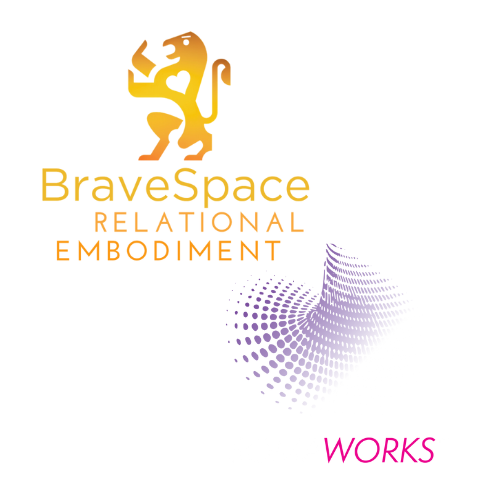Facilitating embodied trust from the inside out.
One of the great existential questions is the nature of truth. Does truth exist, and if so where do we find it?
Countless classical, modern, and postmodern thinkers have attempted this one, and I sense the most common result of the attempt is increased anxiety. I grew up mildly Jewish and the son of academic parents. I was indoctrinated both with the stories from the Torah, the religious text from which Jewish and Christian perspectives arise, and the many texts and precepts of modern science. Science runs tests of our physical world to determine a viewpoint—it is ‘objective’ essentially because in science we observe and test our world as objects. Science has been a hugely effective method for procuring seemingly impossible abilities such as flying around the world, or communicating these words to you through tiny electrical charges. The religious texts, on the other hand, consider miracles directly. Moses is said to have parted the sea not because he had next generation 5G technology, but because he was given a divine miracle. I can’t begin to claim one of these methods or perspectives is more true than the other. As a child I stood boldly for science. As an adult I know that I know less than I think, and I’m sitting in awe and wonder regarding all the many miracles.
What I do know is that I can use my body as a reference point for engaging with living truth. My body has become the spiritual text I interpret. I study daily how to better listen to and through my heart. My body is alive—a subject as well as an object—and seems to connect to both the world of miracles and the world of knowledge. I recognize in my body an experience of truth. This doesn’t mean, as you’ve heard me say before if you’ve been reading me for a while, that I believe everything I feel. Rather, my body is a place I can hold subjective experiments. I can notice all the sensations, emotions, and thoughts that come through me, and I can move. I move my body and my awareness. This process of movement and awareness defines somatics as a field, one I consider it to be an internal and subjective science. It is also for me a profoundly spiritual experience—a direct conversation with the divine.
When we come together in groups and conjoin the individual truths coming through our bodies together, something magical happens: We generate fields of consciousness—of truth—that go beyond what we know or believe. Moving and feeling together offers an incredible experience of connection. For me it is prayer, scientific research, and a great party all in one. It’s also a very vulnerable kind of state, where our traumas may surface, and our personalities are likely to melt a bit. It’s a place where a tremendous amount of healing can happen, yet we can also get hurt. Vulnerability is risky, and so it takes intention, responsibility, and skill to hold these spaces for ourselves and for each other. It takes reverence for each person’s individual divinity.
I’m calling together the BraveSpace® Focus Group to create embodied spaces where we can lean into the truth of our bodies and take the risk of being vulnerable. It’s geared toward facilitators of embodied spaces, from yoga, to dance, to particularly progressive boardrooms, with the recognition that we all facilitate ourselves in our bodies in concert with the aliveness all around us. I have 10 principles that I believe will help us learn and entrain with one another. The principles are pan-somatic, arising from the philosophical basis of somatics as a field. They also include both spirit and eros in their scope, because we could not have living bodies without these miraculous forces. Please take a look, spread the word to those who should know, and apply if you feel called. The group is open to ten participants, and I believe it will fill quickly.

0 comments